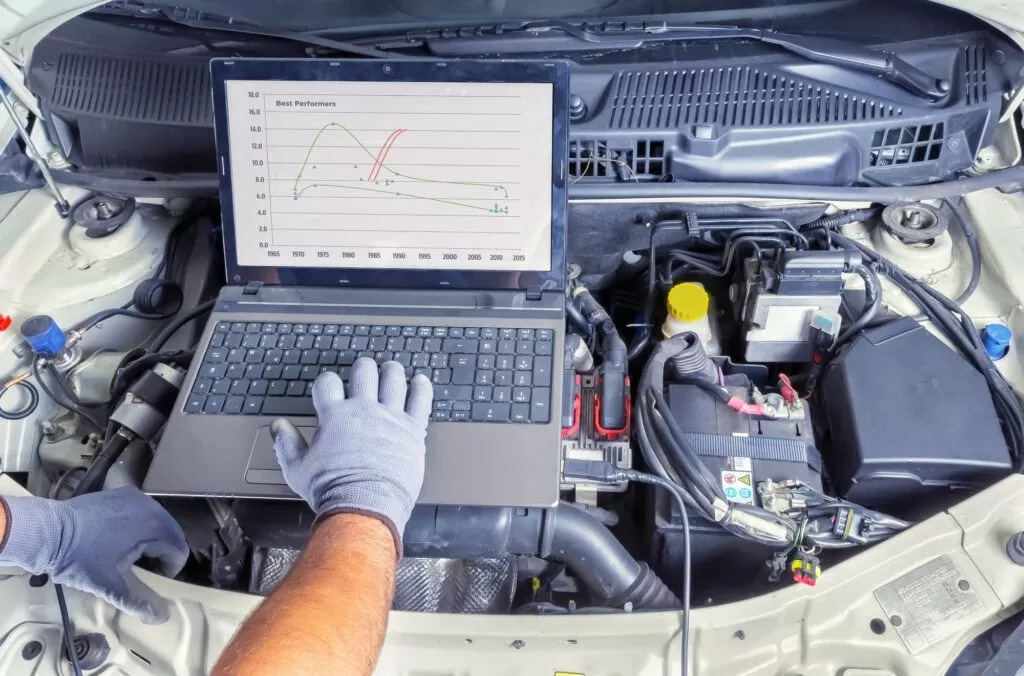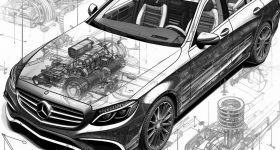Car Electrical Faults: How to Detect And Fix
Car electrical faults are a common problem, especially for used cars operating in large cities. Temperature fluctuations, reagents, and high humidity do not add to the service life of vehicles. In this article, you will learn about the most common car electrical problems, which will help you prevent the problem from getting worse or decide to sell the vehicle, as we buy damaged cars in different cities in the United States.
Signs of Malfunction of The Electrical Equipment of The Car
Malfunctions in the electrical equipment of the car can manifest themselves in various ways. Here are some common signs that may indicate problems with electrical components:
- uneven engine operation and/or floating speed;
- increased fuel consumption, which most often results from a malfunction of the electronic control unit and/or sensors that transmit incorrect signals to the system;
- problems with starting the engine (the most likely causes are a malfunction of the electrical elements in the starter and/or the contact group of the ignition switch);
- an active Check Engine indicator and error codes displayed on the on-board computer display (the reason, as a rule, is in faulty wiring);
- malfunctions of electrical appliances (idle backlight, stopped fan, etc. – all these are signs of problems in the car’s electrical system).
The Main Malfunctions of The Electrical Equipment of The Car
Major vehicle electrical failures can be caused by a variety of causes and vary depending on the model and age of the vehicle. Here are some of the most common electrical faults:
Accumulator Battery
A car battery consists of six compartments that generate an electric current of 2 V each. During use, the plates in these containers can break down, reducing the capacity of the battery and sometimes preventing it from being fully charged. As a rule, among the symptoms of battery problems:
- rapid depletion due to overcharging or undercharging (the cause is often a faulty voltage regulator);
- battery self-discharge due to a decrease in the amount of active substance in the battery;
- possible opening of the electrical circuit between the battery and other elements of on-board equipment due to oxidation of the contacts;
- damage to the battery crankcase, leading to leakage of electrolyte fluid.
The performance of the battery is checked with a multimeter. The hydrometer allows you to determine the density of the electrolyte in the containers, and with the help of a load plug, the performance of the battery is diagnosed with a connected device that consumes electricity.
Generator
The battery and the generating device are interdependent, which means that a malfunction in the operation of one of these elements of the system can have a negative impact on the other. For example, when the generator stops supplying current, the only source of electrical energy remains – the battery. When it is discharged, the engine finally stops.
An alternator malfunction is indicated by an unusual noise that occurs if the bearings and slip rings are worn and/or the fasteners that hold the device are deformed. There are some of the most common types of problems:
- too tight, loose, or broken drive belt;
- brushes and lamellas wore out during long-term operation and/or work in difficult conditions;
- bearings that have collapsed due to poor metal quality or insufficient lubrication;
- winding malfunction (open circuit, short circuit of turns);
- rectifier diodes that have failed due to poor quality or too high voltage in the network.
Electric Starter
If the starter does not work properly, then the car may simply stall on the go. Therefore, it is important to check the performance of this device by determining the current in the circuit and the shaft speed at idle.
There are several types of starter failures:
- soot formed on the contacts of the traction relay and jumpers;
- a deformed or oxidized anchor collector, as well as a plaque that has appeared on it;
- winding contact with the ground on the armature frame or between turns – on the collector;
- heavily worn or damaged brushes;
- breakage or buildup on the fasteners, leading to the jamming of the brushes.
Ignition System
Up to 12% of electrical failures, which can lead to an increase in fuel consumption by 5-6% and a decrease in the power of the internal combustion engine, as well as its complete failure while driving, occur in the ignition system.
The most common malfunction is the absence of a spark in the candles. However, problems can also occur for other reasons:
- damaged insulation of high-voltage wires;
- burnt out or sooted candle tips;
- plaque on the cones of candles;
- damaged insulator;
- breaks in the 12-volt circuit that feeds the breaker and the primary winding of the ignition coil.
To check the condition of the ignition system, it is necessary to diagnose it using an oscilloscope and a motor tester. All defective parts must be replaced. It is also necessary to clean or repair damaged contacts in order to fix all problems.
Electronic Engine Management System
The electronic engine management system is a complex mechanism that controls the operation of the motor. However, like any equipment, this system is prone to failure. In diesel engines, wire breaks and lost communication with one or another sensor can most often occur. In internal combustion engines running on gasoline, in the list of the most common problems, experts indicate:
- broken wiring and broken communication between the sensors and the electronic control unit – about 35%;
- malfunctions of the fuel pump (jammed armature and brushes, the breakdown between winding turns, or broken wire) – about 22%;
- breakdowns of electromagnetic injectors (breakdowns, broken wires) – approximately 9%.
However, the self-diagnosis system is able to detect and localize these faults by issuing error codes. This allows you to quickly identify the problem and perform repairs. Therefore, in order to maintain the reliability and safety of the car, it is necessary to carry out regular diagnostics of the control system and timely eliminate the problems that have arisen.
Conclusion
You can diagnose and troubleshoot the electrical equipment of the car with the help of specialists. Having identified the faulty sections of the circuit, you need to get rid of the short circuit or wire breakage – solder or replace with new ones.











